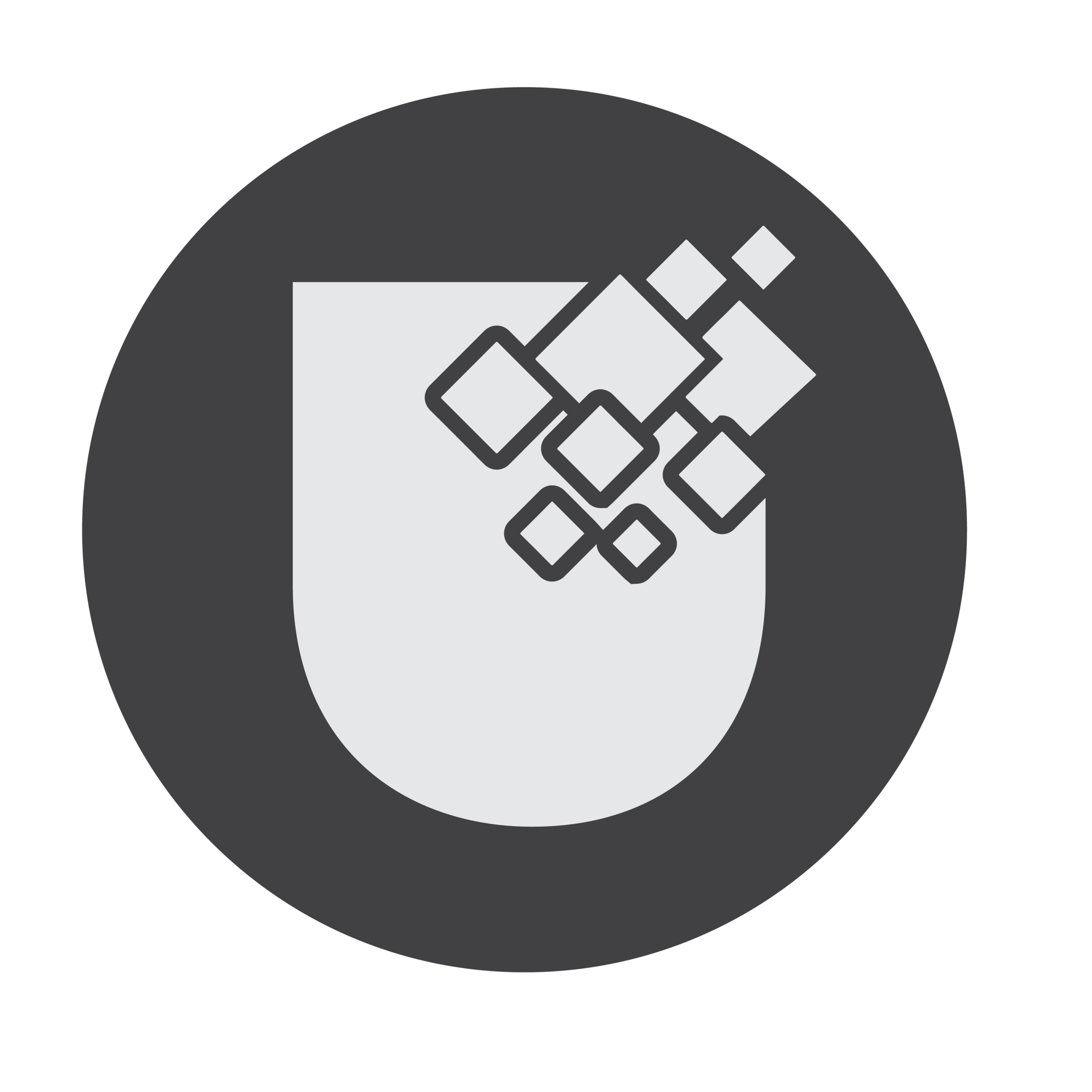Cravings
Craving is not only a criteria/symptom of Substance Used Disorder, it is a common experience amongst human beings. In fact, according to PubMed, more than 90% of people experience food cravings.
Sometimes these cravings are how our body is attempting to communicate with us that we are lacking in vitamins and nutrients. We may feel driven to eat chocolate because we are in need of magnesium. We may find ourselves seeking salty foods because our body needs Chloride or Silicon. We may pursue fatty or oily foods because our body seeks more calcium. We may crave bread-like foods because our bodies need Nitrogen.
We may also crave specific foods because they light up our brains like a Christmas Tree! A food craving can be an intense and uncontrollable desire for a specific food. It may seem like NOTHING else will satisfy that “hunger” until the food is consumed. This is sometimes referred to as “psychological starving”.
DID YOU KNOW:
1. Cravings/urges are natural and a common experience amongst all humans (YES! Even NORMIES!). Understanding cravings can help you to overcome them. They are not a sign of failure. Instead, try to learn from them about what your craving “triggers” are.
2. Cravings are often the result of long-term use/habituation and can continue long after quitting. So, people with a heavier/longer history of use may experience stronger urges.
3. Craving can be triggered by: people, places, things, feeling, situations, or anything else that has been associated with using in the past. Think “high fail environments” or “high-risk factors”
4. Craving is like the waves at the beach. Every wave of craving starts off small and builds up to its highest point, and then it will break and flow away. Each individual craving rarely lasts beyond a few minutes.
5. Cravings will only lose their power if they are NOT reinforced by using. We do NOT want to continue to “Wire and Fire” together with the same neural pathways! Each time you do something different (other than use_ in response to a craving, the craving will lose its power. A new neural pathway is starting to be formed. The peak of the craving wave will become smaller, and the waves will be further apart. This process is known as extinction.
6. Craving only gets stronger if you give in and “feed” them. That is, cravings are like a stray dog– if you keep feeding it, it will keep coming back.
7. Abstinence is the best way to ensure the most rapid and complete extinction of cravings.
8. Cravings are most intense early on your recovery journey. However, you may continue to experience cravings the first few months and sometimes even years after quitting.
9. Each craving will not always be less intense than the previous one. Sometimes, particularly in response to stress and certain triggers, the peak of a craving can return to the maximum strength but will decline when the stress subsides.
Craving Management Techniques
1. Identify the cues or triggers that have set up the cravings. Have you just had a fight with your significant other or a friend/other loved one? Are you staying up late watching too much news? Spending too much time on social media? Perhaps you sat at the table and watched your family devour birthday cake and ice cream?
2. Identify what role the food plays in your life; what are you expecting the food to do for you? Challenge these beliefs. Is this real? What actually happens if I play the tape through? How will I feel physically in my body? What emotions will I have after I eat these things?
3. When dealing with emotional triggers, ask yourself what emotions or stressors you are experiencing? What are some other ways you could deal with/manage the emotions?
4. Make notes and put them all over your house and your car to remind yourself of why you quit drinking/using in the first place. Visual representations of your WHY can be very helpful!
5. Practice distraction until the craving has gone. Do something to engage your thinking, your attention, your body, so that you give the craving a chance to pass. Puzzles, reading, coloring/painting, screaming into a pillow, taking a shower, calling a friend, teaching your dog a new trick - are all acceptable examples of distracting yourself.
6. Challenge unhelpful thinking that adds to the craving. Identify the thoughts that you are having that make it ok to eat the foods that are lighting up your brain like a Christmas Tree. Challenge each thought as it comes up. These unhelpful thoughts are lies and defenses that make it ok to abandon ourselves and engage in self-destructive behavior(s).
7. Call on others for help. Call someone in OA, SCAA, etc., someone in your family that supports your recovery, or your sponsor and talk to them about cravings and why you wanted to get food sober in the first place.
8. Use your spirituality to resist cravings. Use prayer, meditation, reciting the Serenity Prayer, or making a gratitude list for what you have already received in recovery.
9. Use thought-stopping techniques, like visualizing a stop sign, and saying "stop!", replacing romantic memories of the food with the truth of your current situation, or using grounding exercises, such as observing the objects around you (i.e., 3 things I see, hear, touch).
NEXT STEPS
Practice, practice, practice! Keep practicing and find your herd. We all need support and it is way more fun and a heck of a lot easier to walk this path with others in a similar situation to us. We need to see others who have what we want and figure out how to get it for ourselves!
